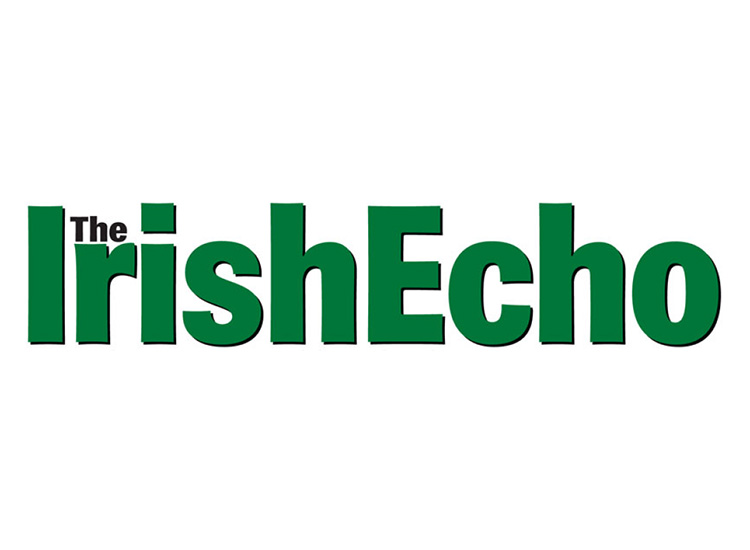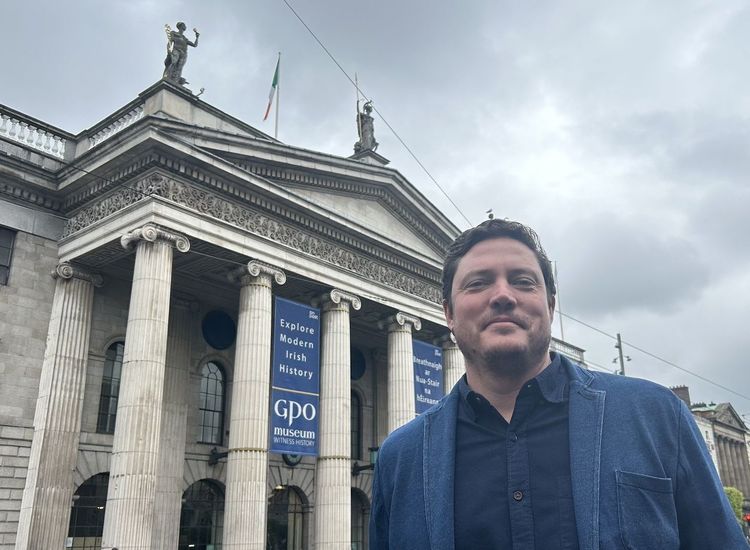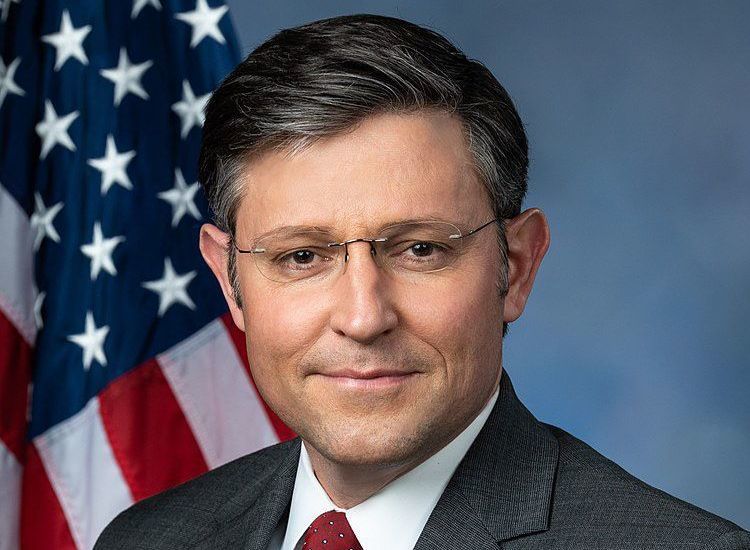For Michael Harrington, social media represents opportunity as the "arts are so visual."
By Orla O’Sullivan
It’s the biggest theatre you’ve never heard of, unless you’re attuned to the trendiest social media, like Periscope.
The 860-seater off Washington Square is the biggest theatre below Manhattan’s Theatre District, but, fittingly, New York University’s Skirball Center is mostly underground.
So is much of its marketing to elusive targets--young theatre goers, reached by non-traditional means.
It has always been hard to make money from the arts, but lately it has been taken almost as a truism that young people are no longer interested in theatre. The notion that the art form was passé was very prevalent when Michael Harrington became executive director of the Jack H. Skirball Center (named after a university donor) in 2007.
“When the center was founded [in 2003] that talk was very common.” A report by the National Endowment for the Arts prompted much discussion of “the graying of the audience.”
Although Harrington, an Irish-American NYU theatrical alum, was “peripherally involved” with Skirball from the outset, he said its profile has risen since he was given responsibility for the theatre complex downstairs at 566 LaGuardia Place, housed in NYU’s Kimmel Center.
“Now, I’d say six of 10 people you talk to have heard of us—the needle has tipped.”
Moreover, one third of the audience Skirball attracts is in its target group of 18 to 35 year olds, which compares very favorably with other theatres. Even those in universities with, you could say, a captive audience, of youngsters. NYU’s total student body numbers about 50,000.
“I spoke to someone from a large college in California with a very similar performing-arts program and they averaged closer to 14 percent of under-35s,” said Harrington.
Skirball did not have the traditional route to recognition. “We haven’t had a huge pile of money to throw at advertising and marketing,” he explained
Consequently, “the primary part of our effort is not artist development but audience development,” Harrington said.
“How we communicated about the shows was as important as the shows themselves.” That meant being an early adopter of social media where “there has absolutely been a learning curve,” he admitted.
Among the discoveries pertinent to businesses targeting the young: “No one’s reading emails anymore;” FaceBook, the social networking site connecting one fifth of the planet, is “fading,” usurped by the likes of Instagram and Snap Chat, which began as photo-sharing and video-sharing applications, respectively; direct texting is very popular; and Periscope is of the moment.
Created just over a year ago, it allows users to live stream events to show to their friends via mobile phone. Examples are sporting fixtures… or theatre? “It came to the fore during the Floyd Mayweather: Manny Pacquiao fight [in May] when promoters were in a battle with individuals periscoping from the fight.”
In such social media, Harrington said, “For me, there’s a universe of opportunity there because the arts are so visual.”
Skirball also relies on professors encouraging students to see Skirball performances connected to their courses. Such was the case last week when a theatre group from Dublin performed “Waiting for Godot.”
Tie-ins went beyond the classroom with NYU Glucksman Ireland House holding a Godot symposium last Friday that was open to the public. “Our goal is to be a link between the university and the greater community,” Harrington said.
Skirball also has many links to Ireland, beyond Harrington’s great-grandparents. The renowned Dublin-born architect Kevin Roche designed the theatre complex. And instrumental to the founding of both the Skirball Center and Ireland House was a former NYU president L. Jay Oliva, whose mother was a native Irish speaker from Galway.
Many Irish theatre groups have performed at Skirball over the years, including the Abbey and Gate and edgier groups, such as Pan Pan and Rough Magic.
The next Irish event will be Athlone actress Lisa Dwan in Beckett one-acts next April, part of the centenary celebrations for the 1916 Rising.









